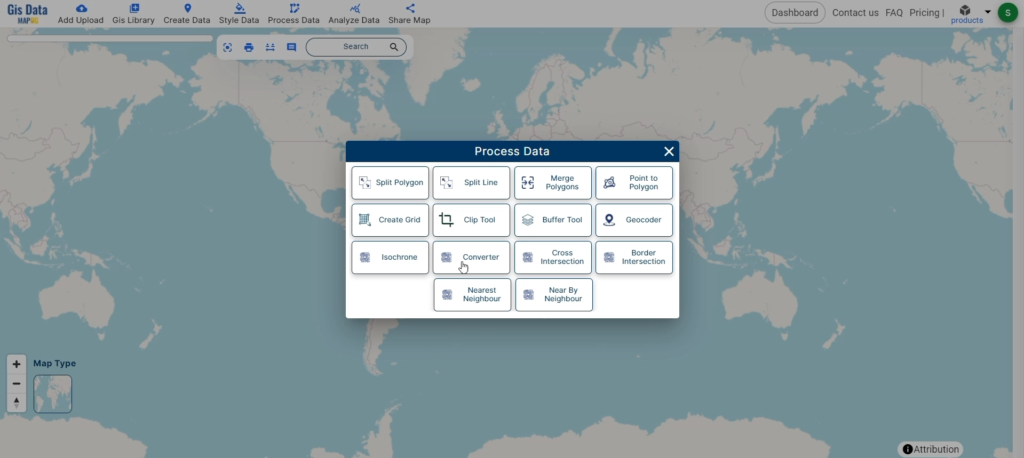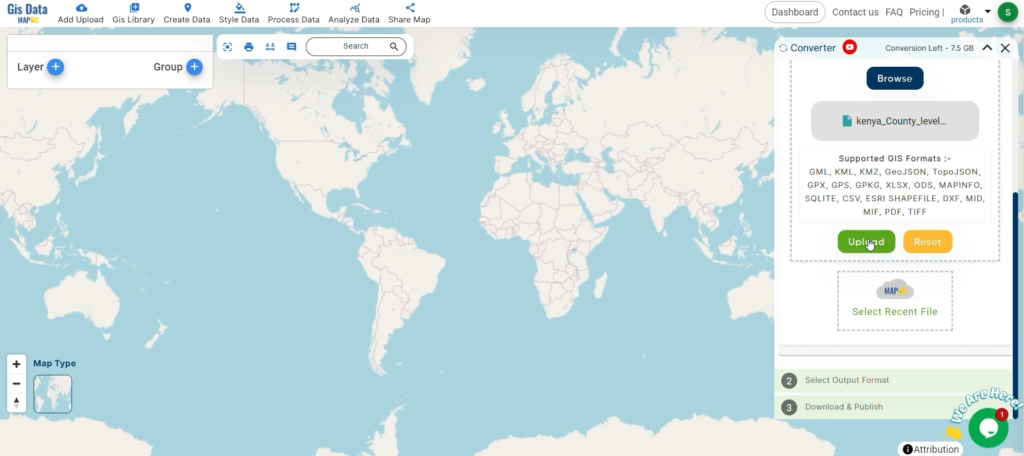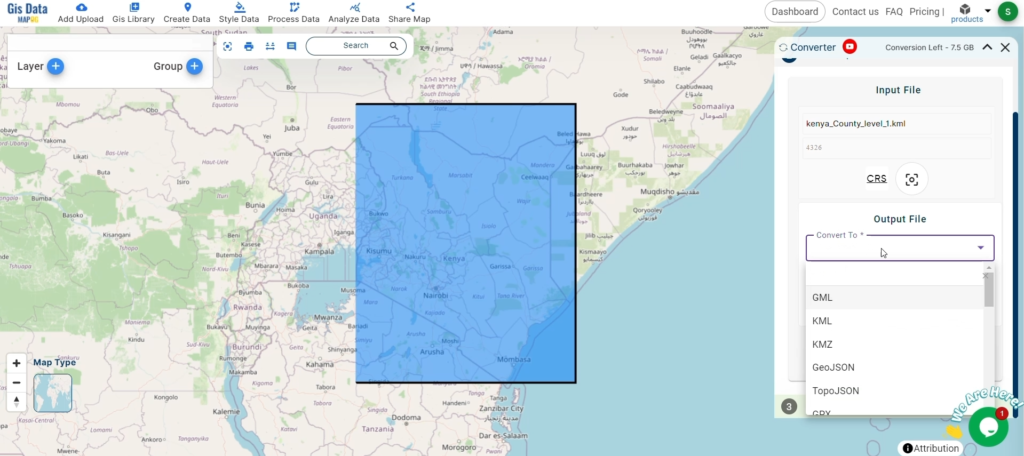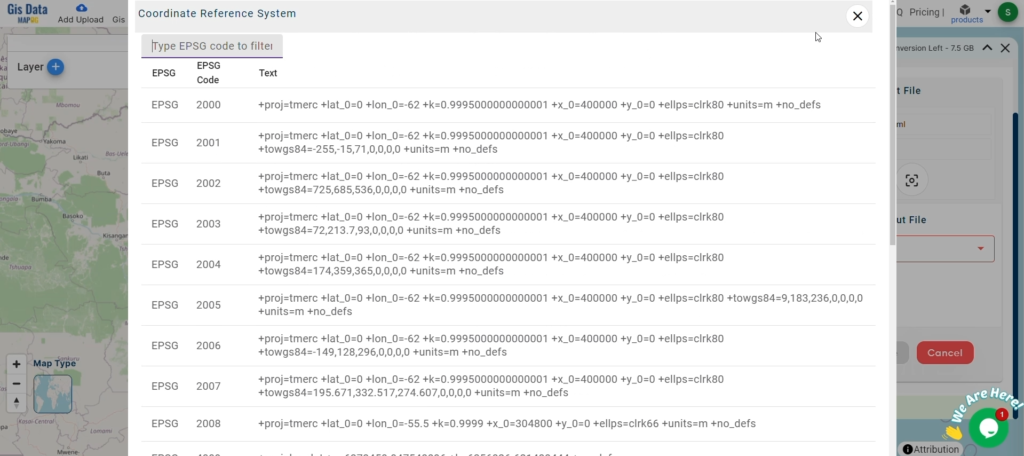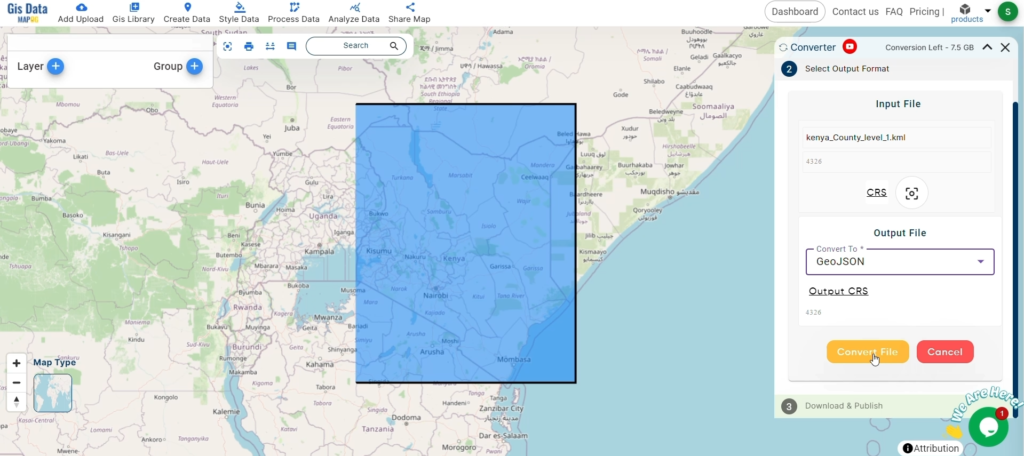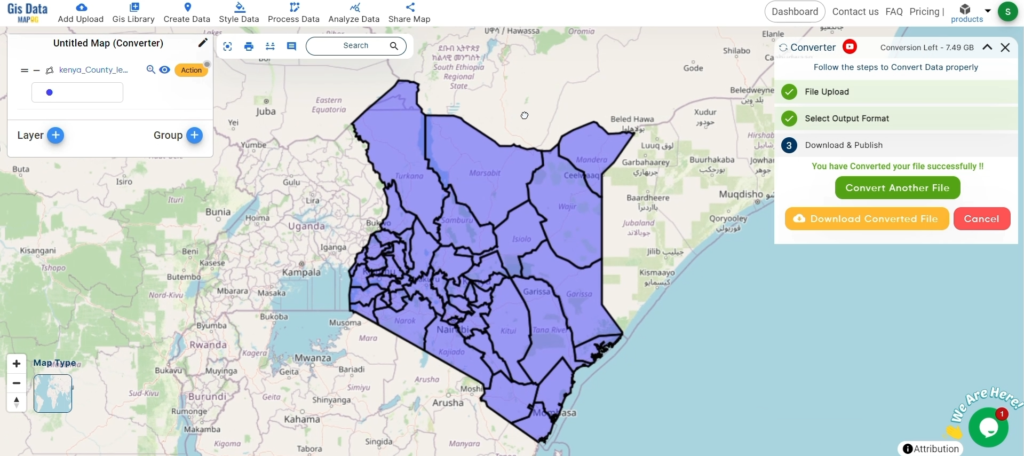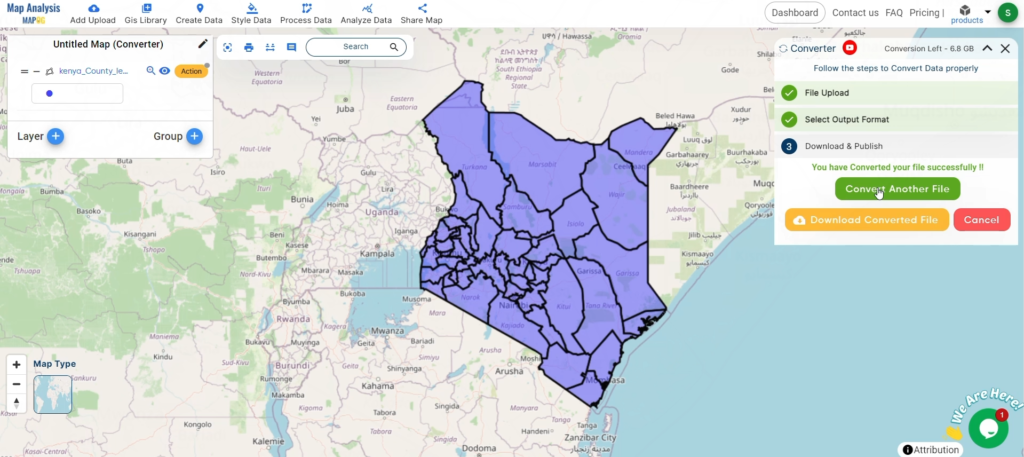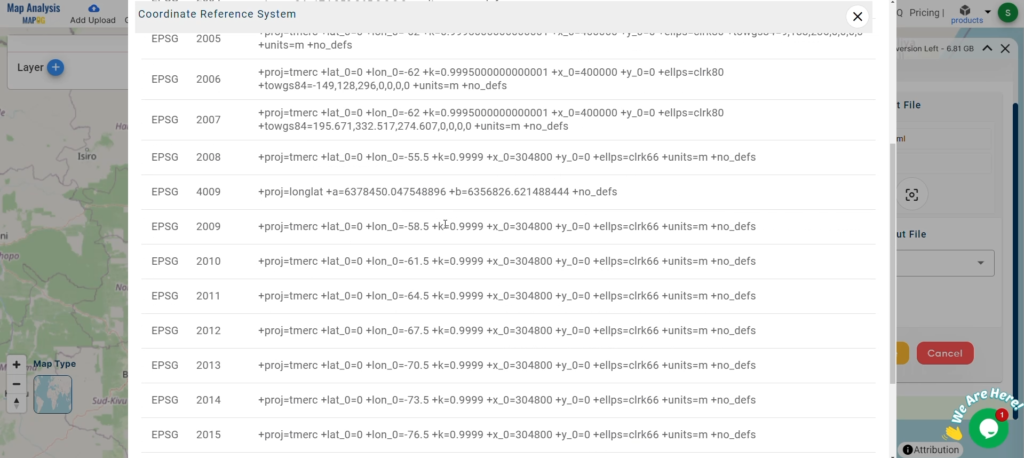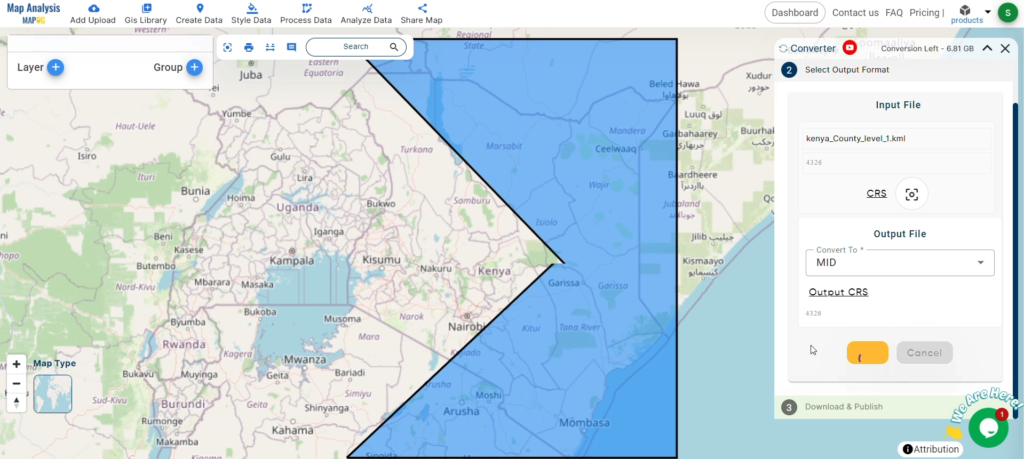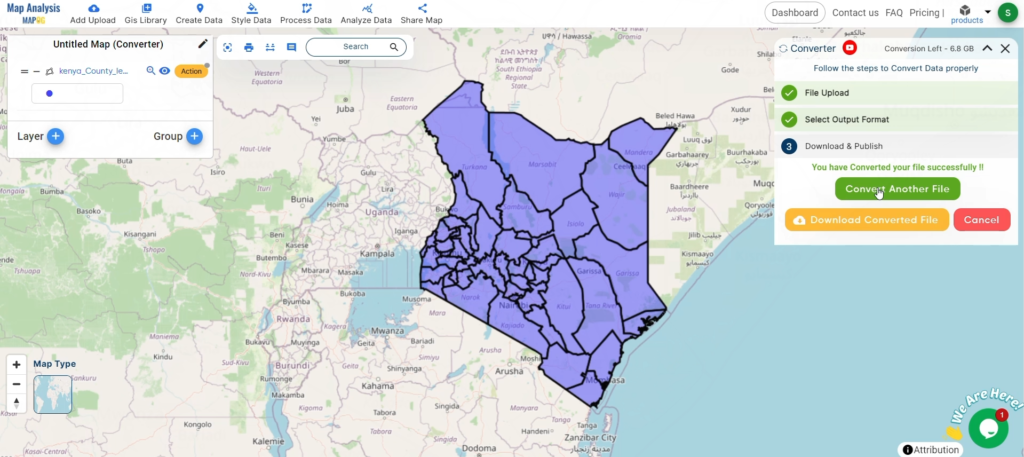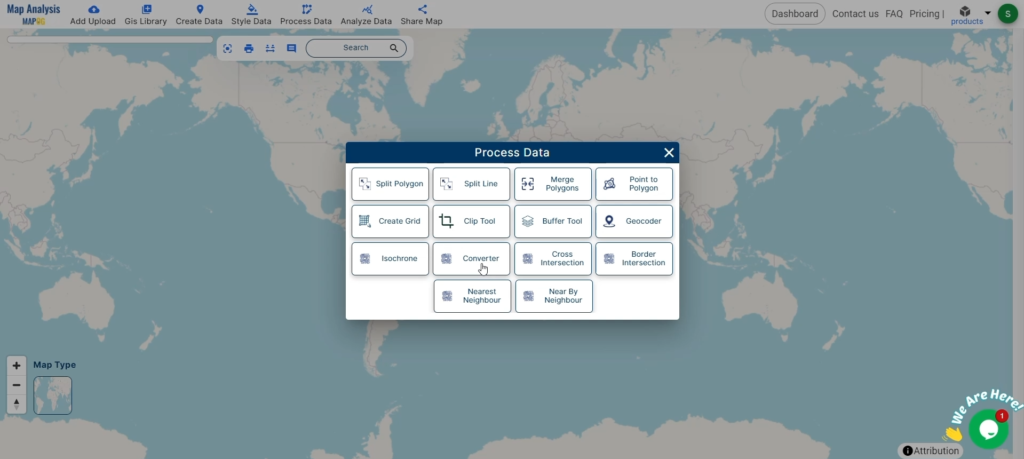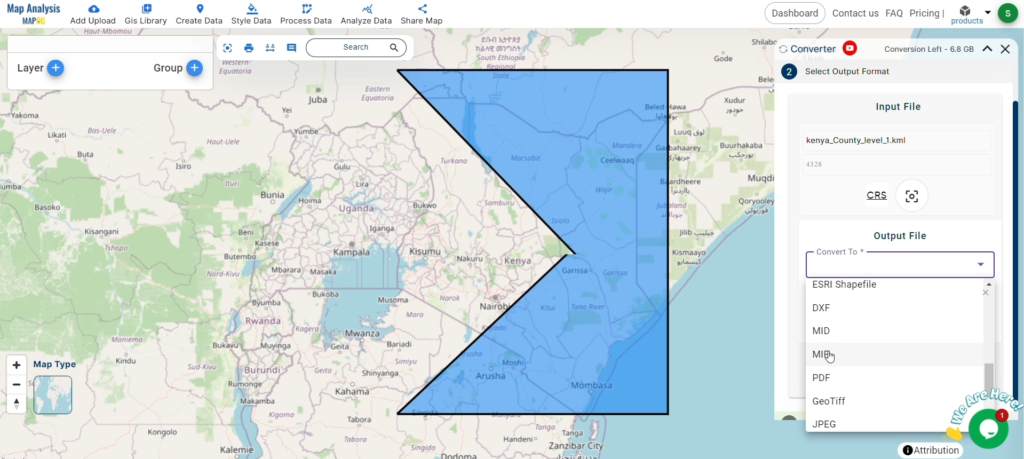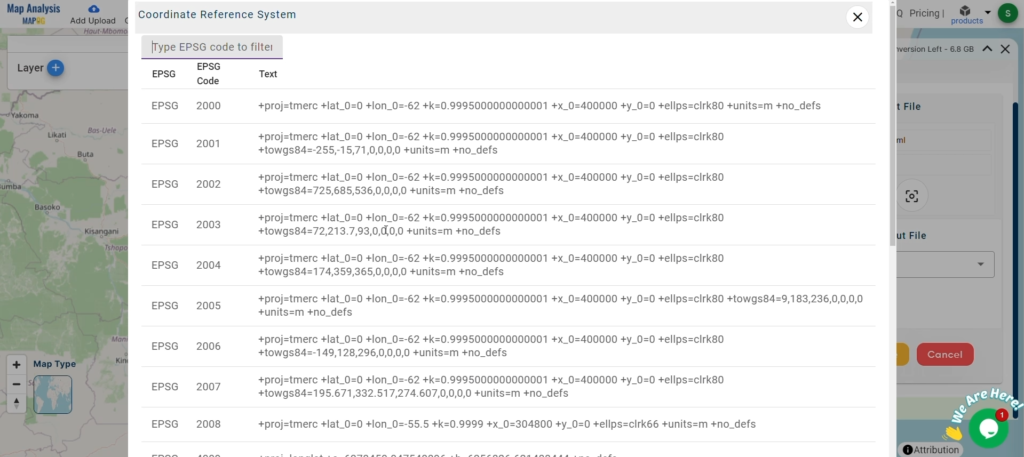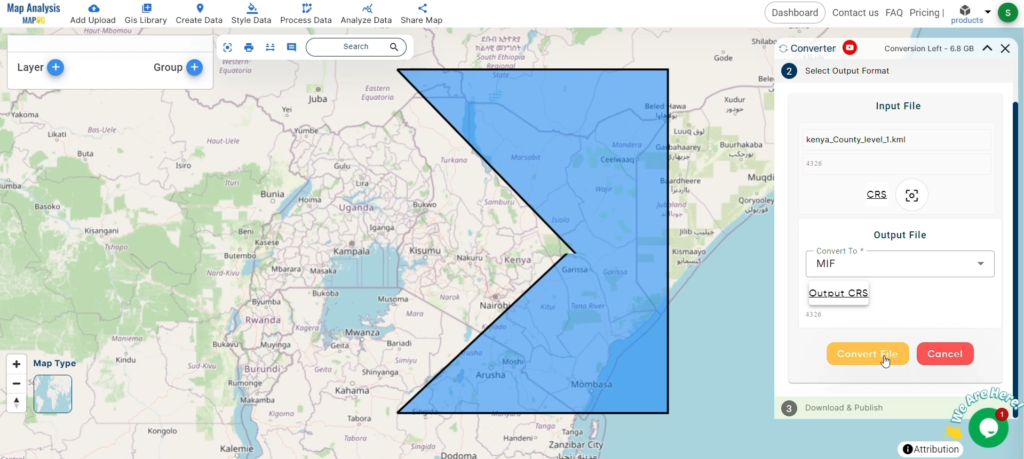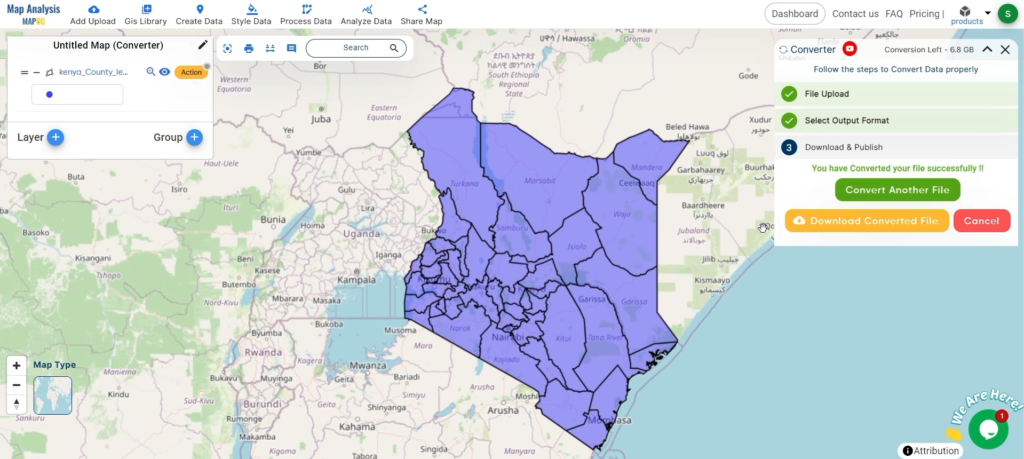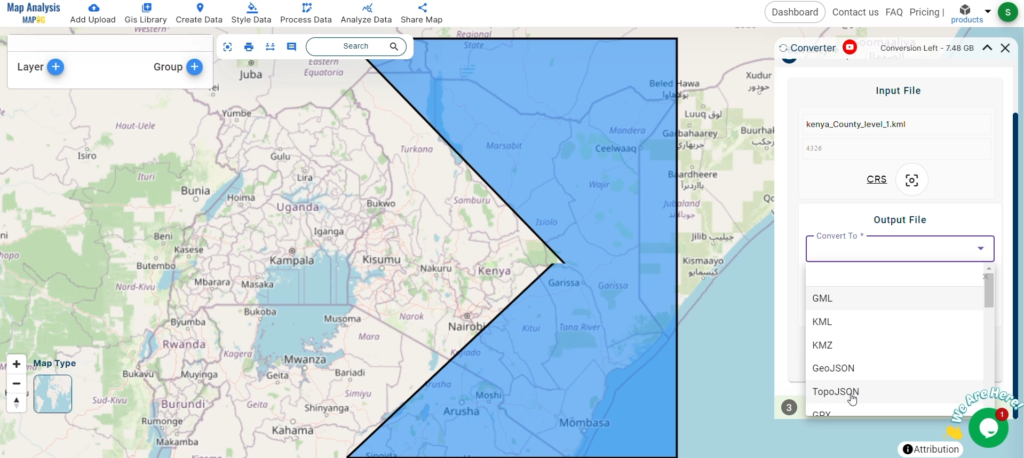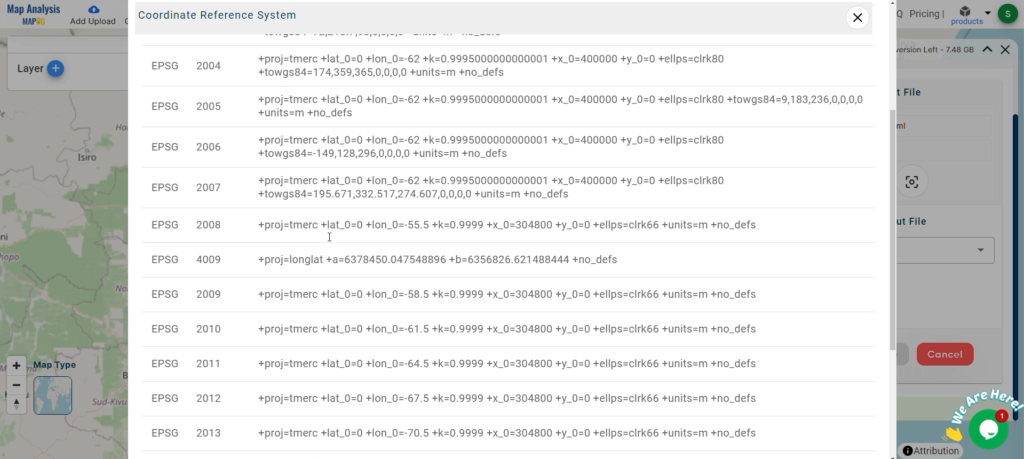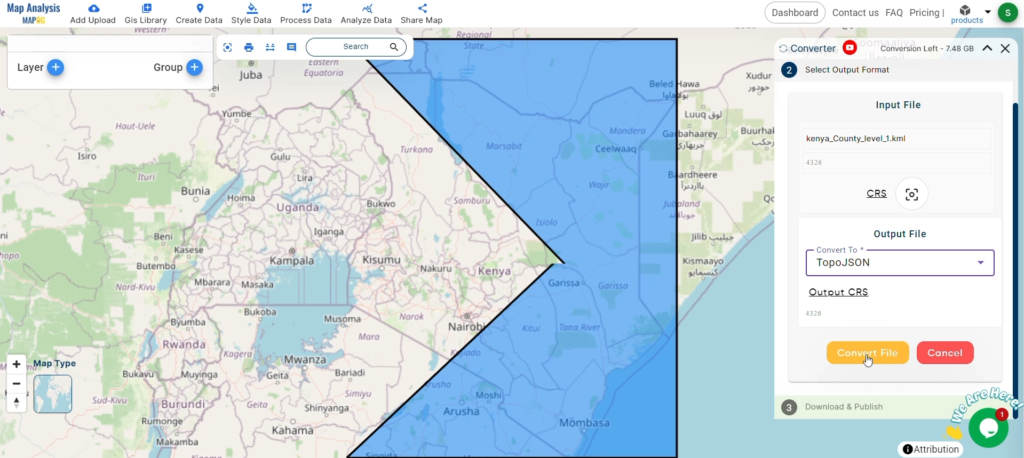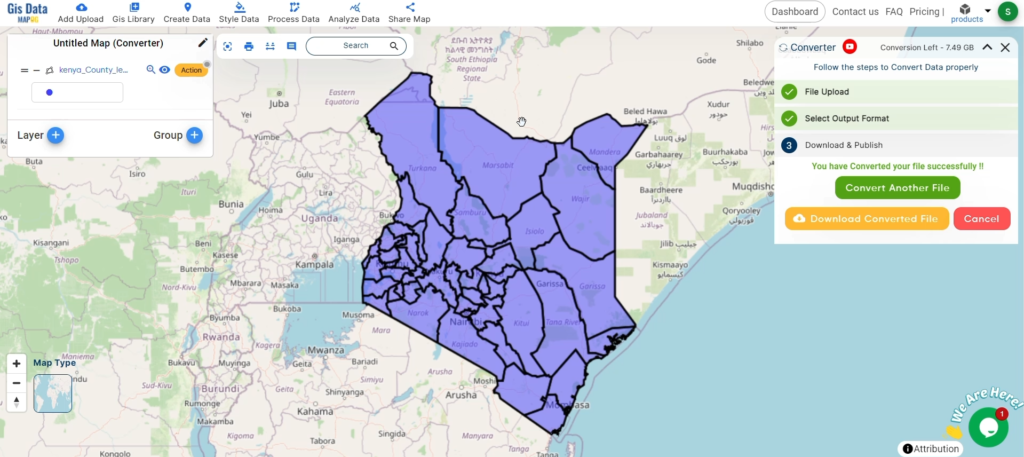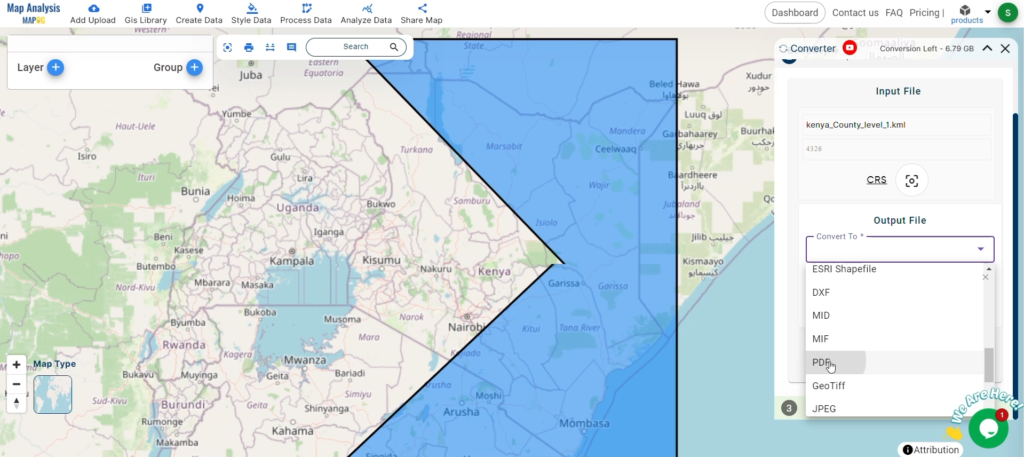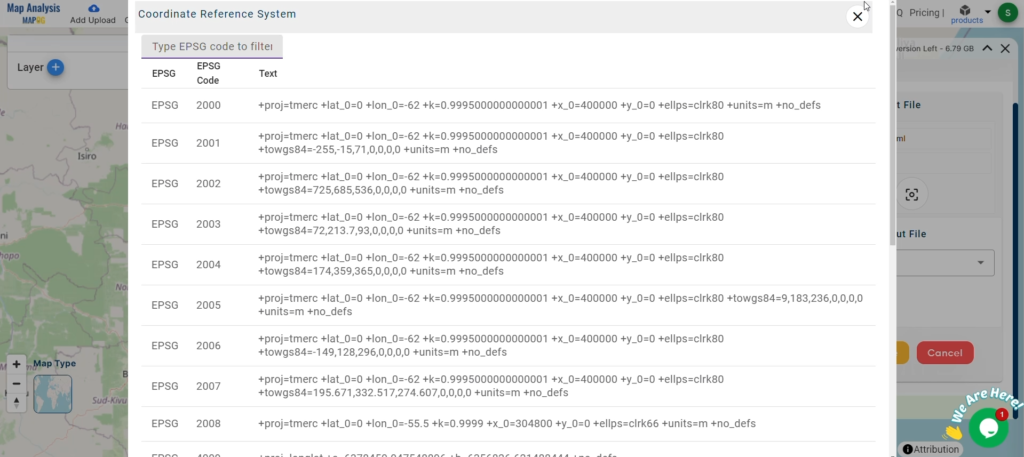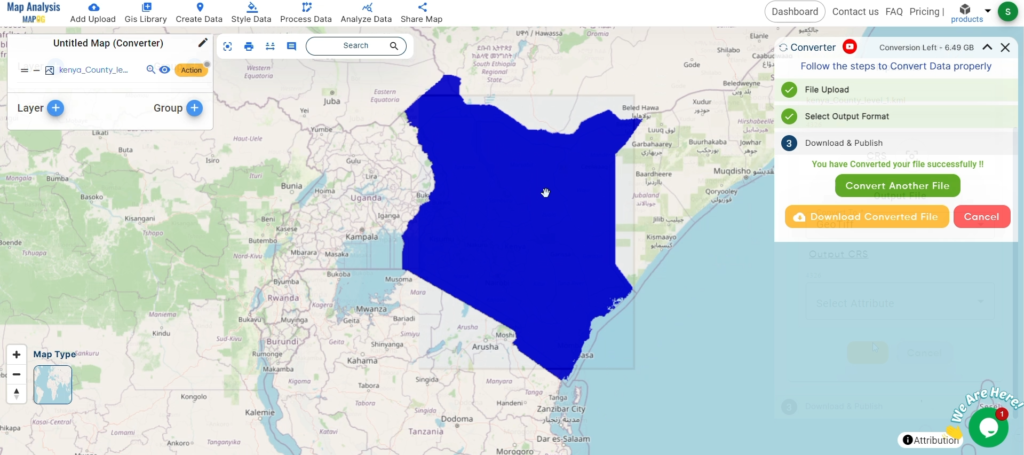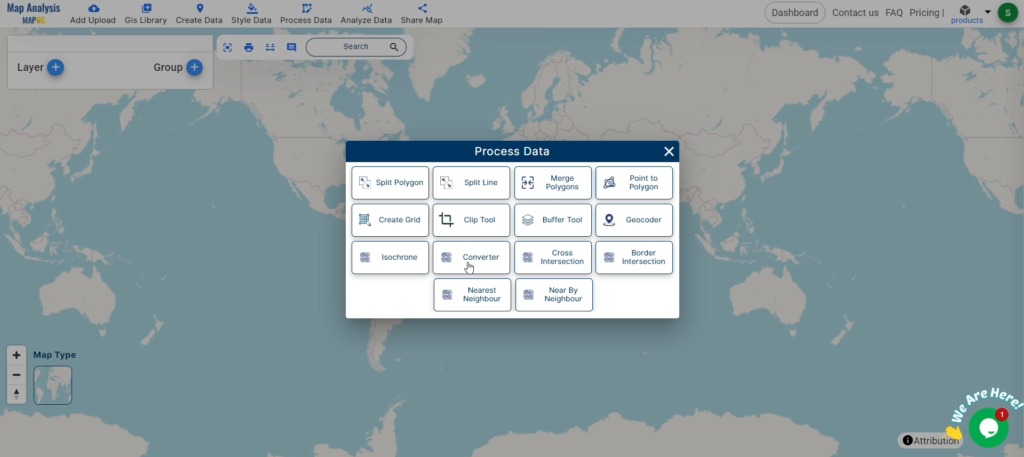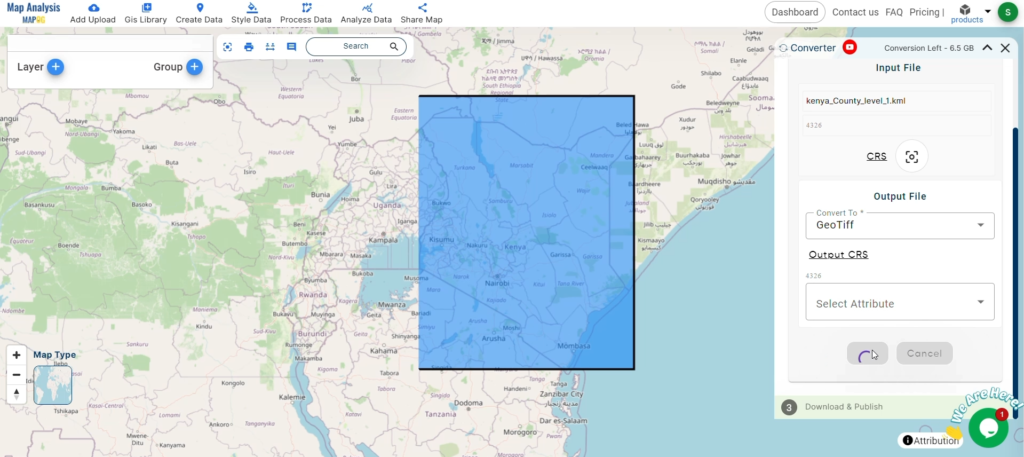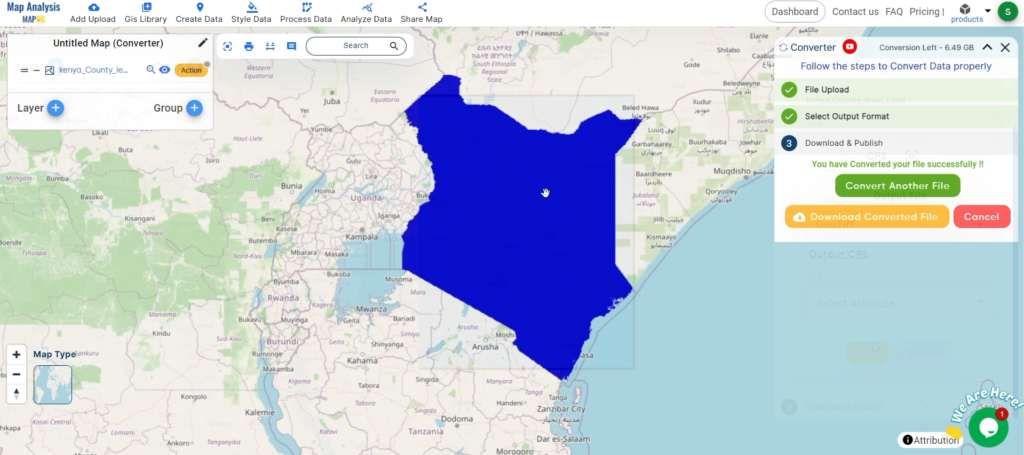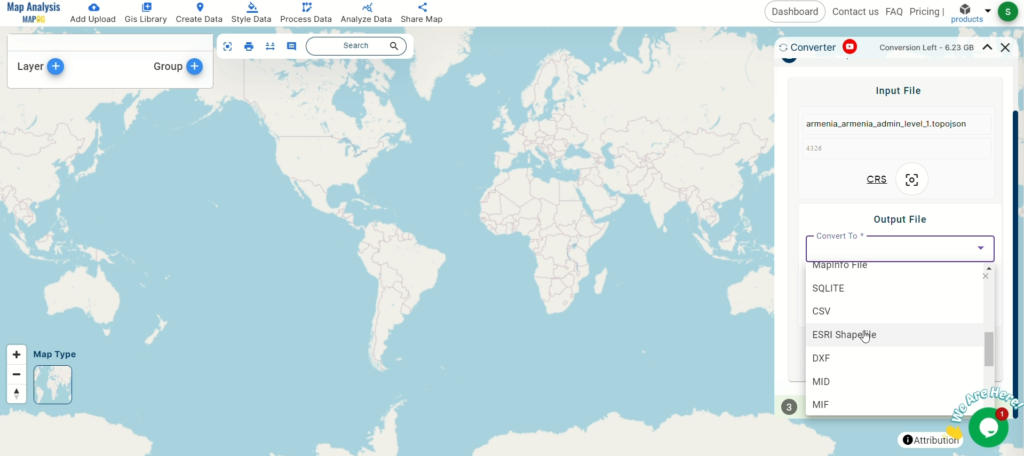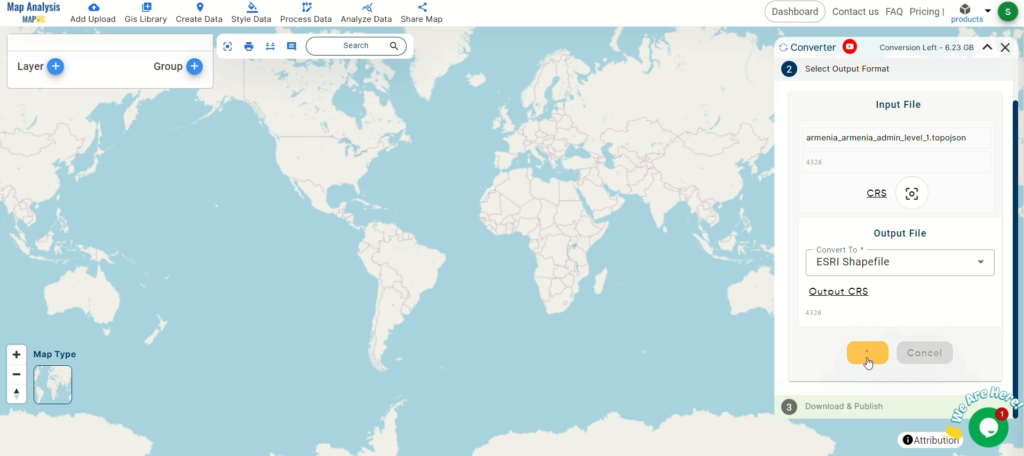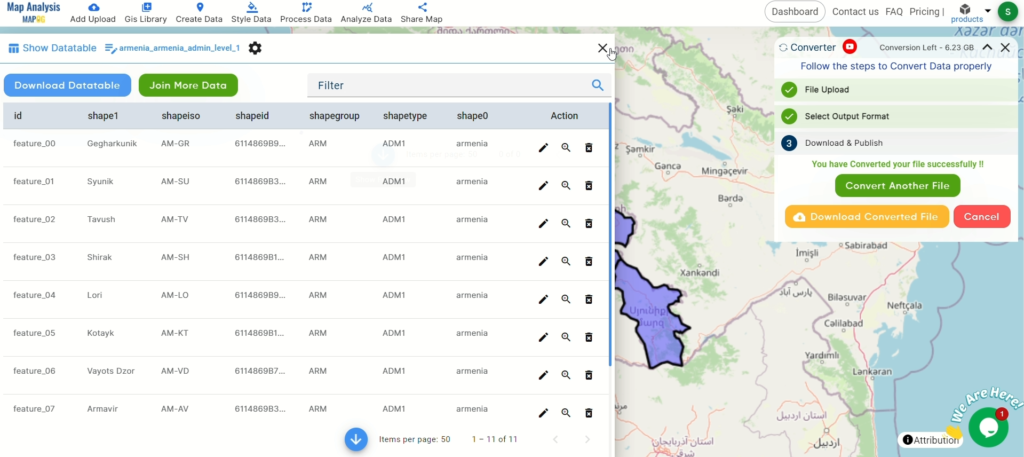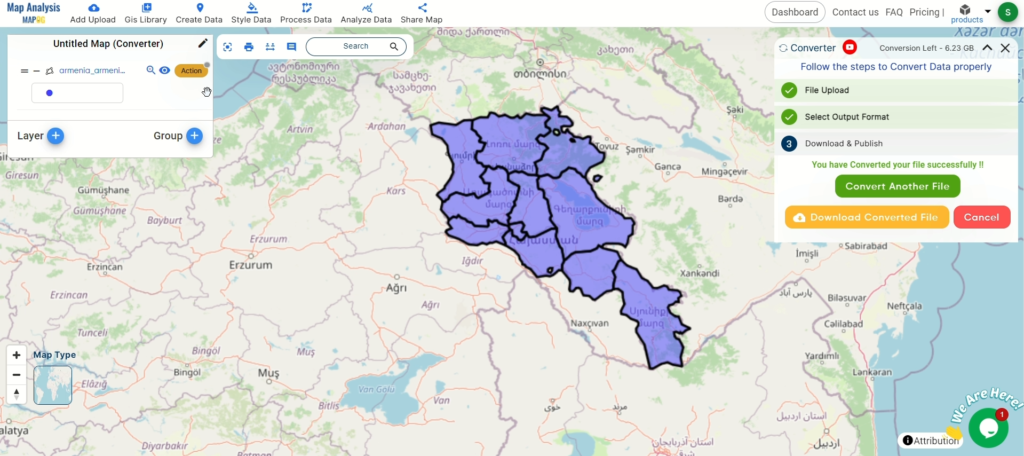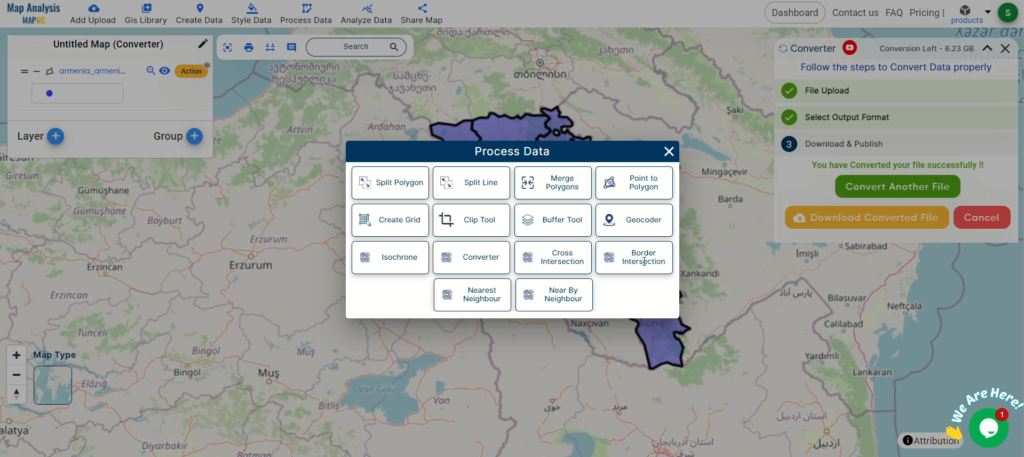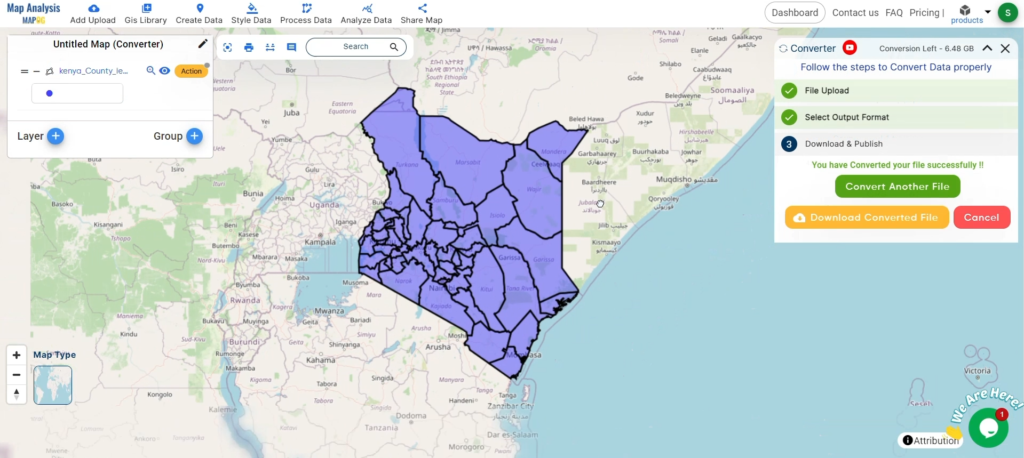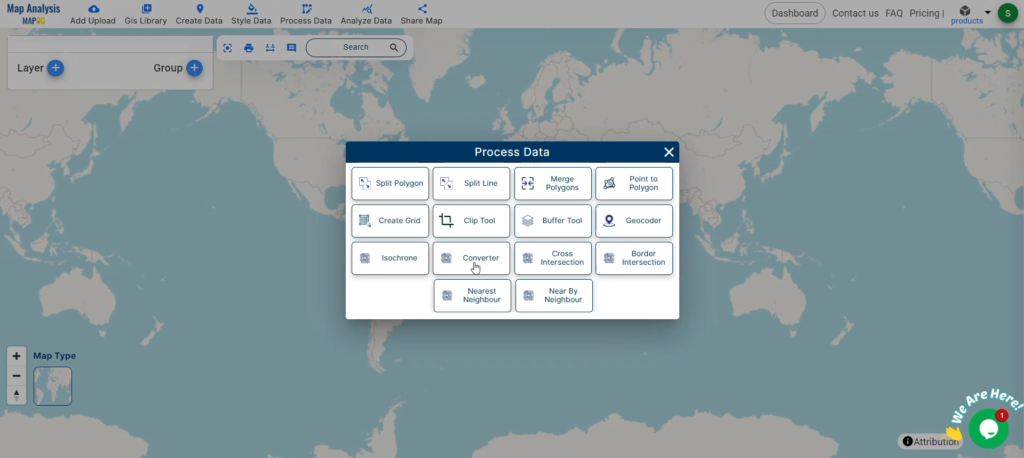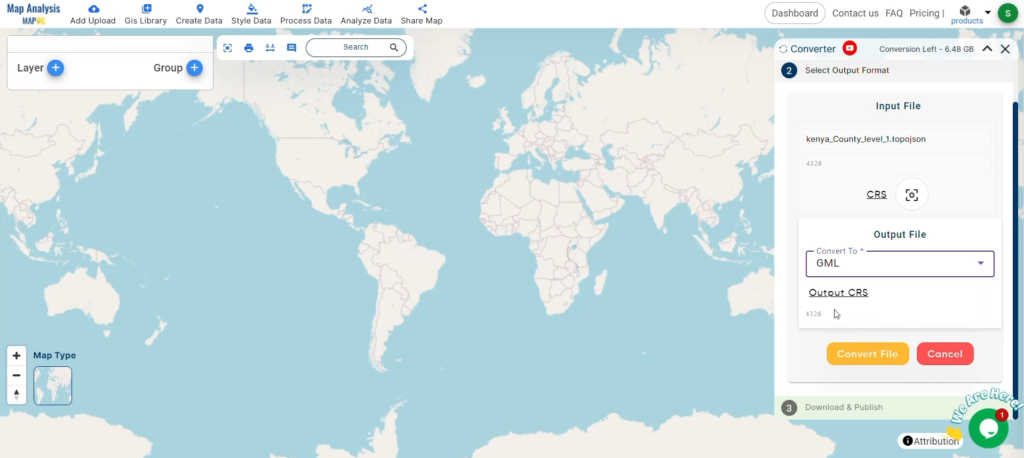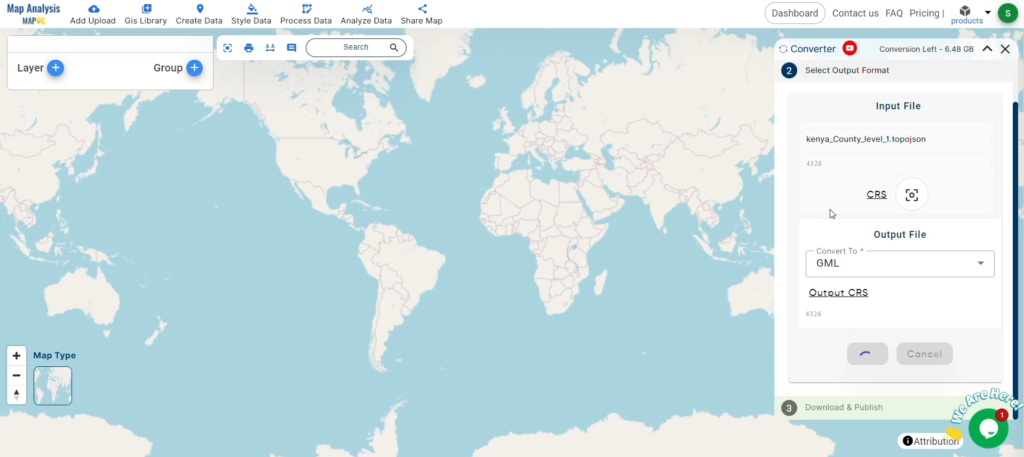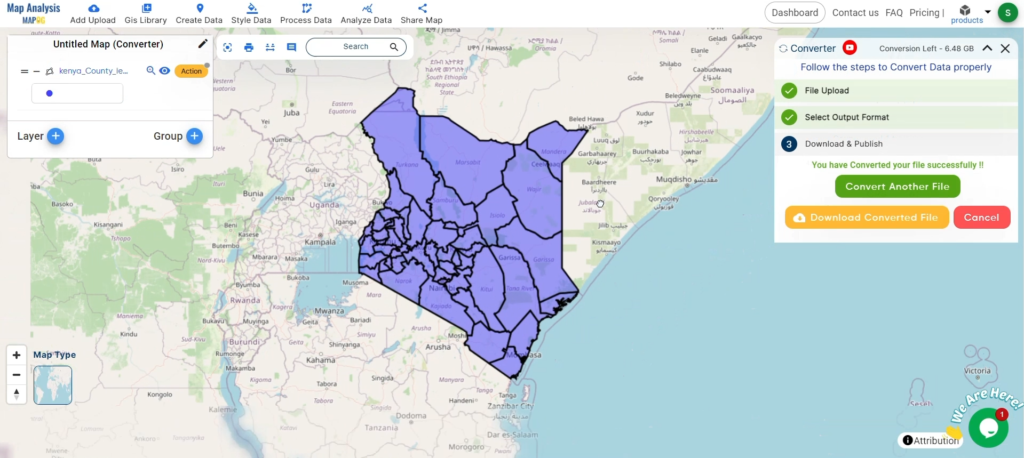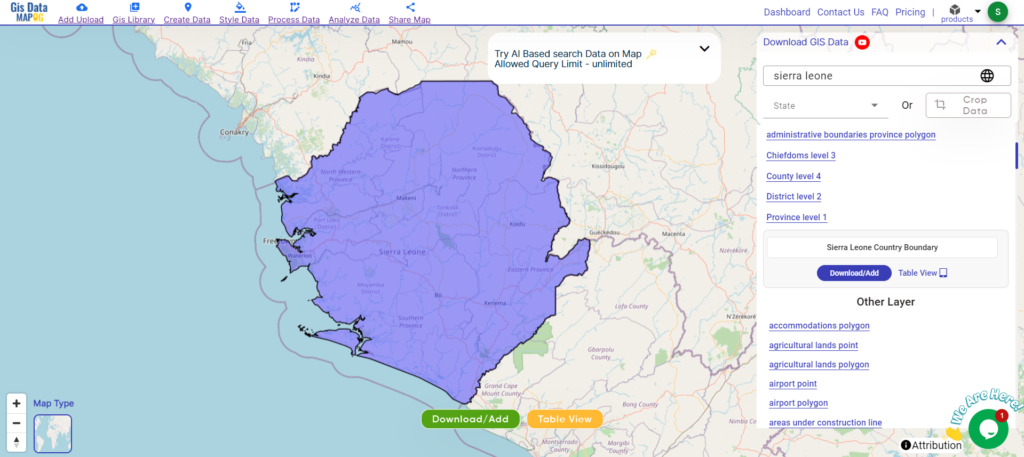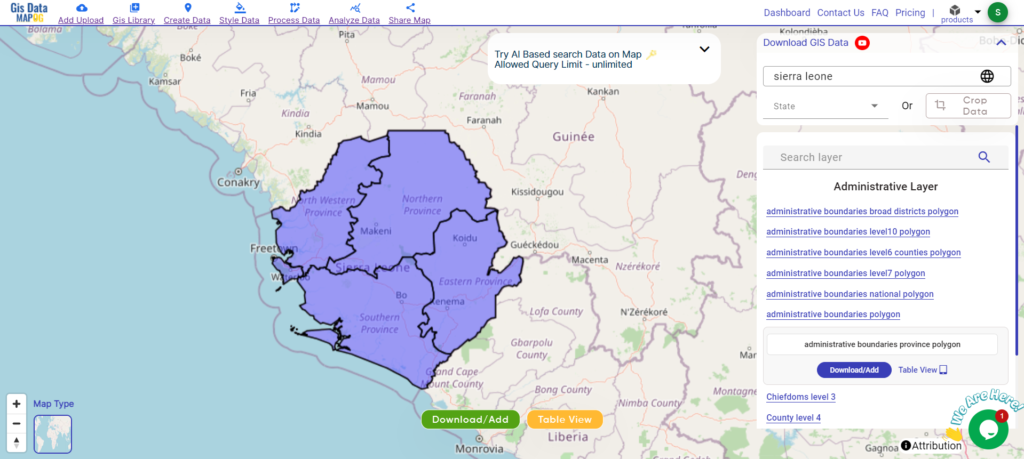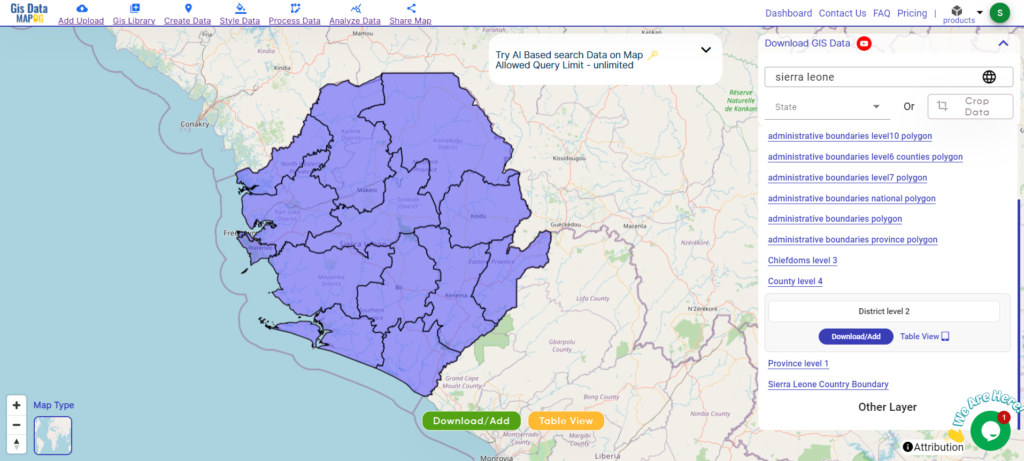Transforming your GIS data by converting KML to KMZ can make it easier to analyze, share, and integrate into various GIS applications. In this guide, we’ll walk you through the process of efficiently converting your KML files to KMZ using the powerful Converter Tool in MAPOG Map Analysis. Whether you’re a beginner or an experienced user, this tutorial will help you understand the process in easy steps.

Key Concept of Converting GIS data Files
The Converter Tool in MAPOG Map Analysis helps you change your data from one format to another effortlessly. You input your data in one form, and it transforms it into another form that you need for your analysis. This versatility allows you to download and use data in various formats, making it adaptable for different applications.
Steps to Convert KML to KMZ
Step 1: Upload the Data
- Access the Converter Tool: Click on the “Process Data” menu and choose the “Converter Tool” option.
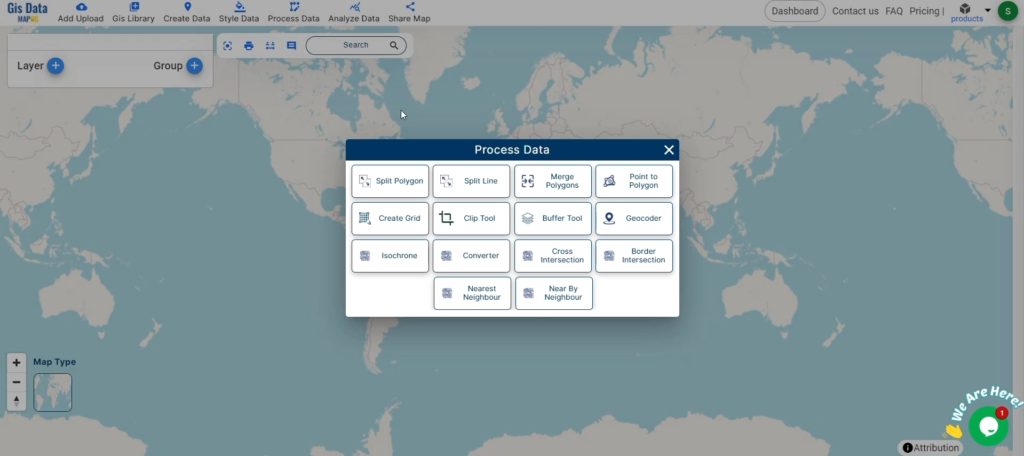
- Upload Your KML File: This is your starting point where you provide the data that needs conversion.
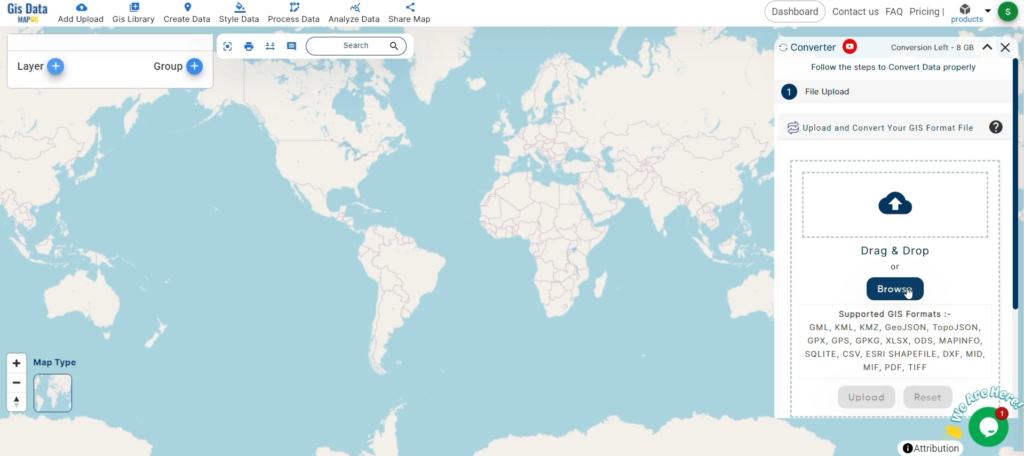
Step 2: Select the Format for Conversion
- Choose the Output File Format: Select KMZ as the output file format. The tool offers various formats, but for this guide, we focus on converting to KMZ.
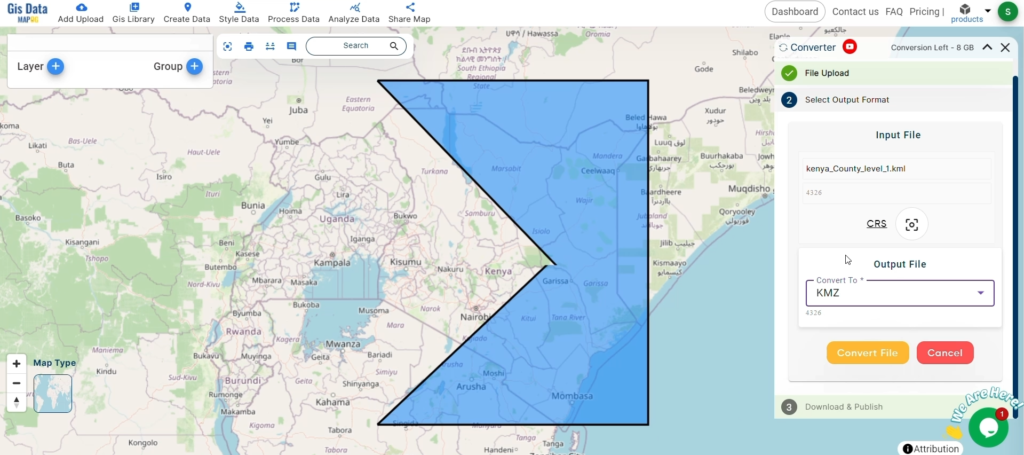
- Set the CRS (Coordinate Reference System): You can also set the CRS at this stage to ensure your data aligns correctly with your spatial analysis requirements.

Step 3: Run the Conversion
- Start the Conversion Process: Click ‘Convert’ and let the tool work its magic. The Converter Tool processes your data, transforming it from KML to KMZ format.
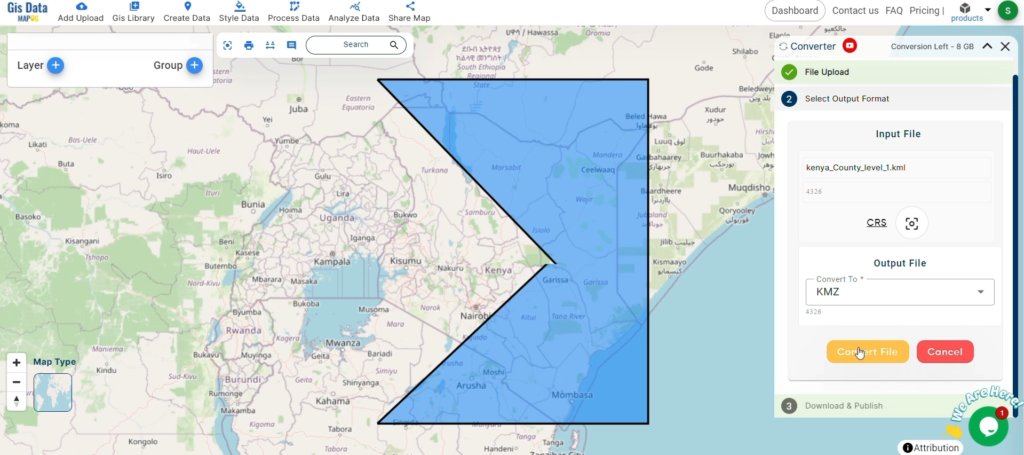
Step 4: Review and Download
- Review the Converted Data: Check your converted KMZ data to ensure it looks right. This step is crucial to verify that the conversion has been successful and the data integrity is maintained.
- Download the Converted File: Once satisfied, download the converted file.
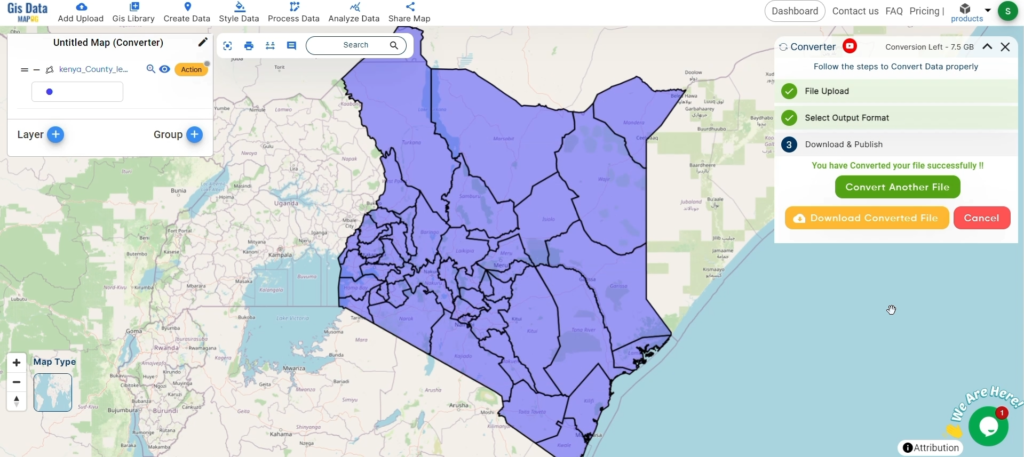
And there you have it! You’ve successfully used the Converter Tool in MAPOG Map Analysis to convert your KML files to KMZ. Now you can easily convert your data for all your analysis needs, simplifying the process of handling different data formats and making your workflow more efficient and effective. For any queries, please contact us at support@mapog.com.
Here are some other blogs you might be interested in:
- Convert Online Gis data : KML to PDF file
- Converting KML to GeoTIFF , Online Gis Data Converter
- Converting KMZ to SHP : Online GIS Data Conversion
- Converting TopoJSON to SHP Online : GIS Data Converter
- Converting GeoJSON to TopoJSON with MAPOG
- Converting GeoJSON to CSV with MAPOG
- Converting KMZ to KML with MAPOG
- Converting GML to KML with MAPOG
- Convert KMZ to TopoJSON Online
- Converting KMZ to GeoJSON Online
- Convert KML to MID Online
- Online Conversion KML to MIF
- Convert KML to GML Online
- Convert KML to GPKG Online
- Convert KML to KMZ Online
- Convert GML to SHP Online
- Convert KML to GML Online
- Convert KML to GeoJSON file online
- Convert KML to TopoJSON Online
- GeoJSON to GeoTIFF – Vector to Raster Conversion
- KML to GeoTIFF – Vector to Raster Conversion
- SHP to GPX / GPS
- Convert GeoJSON to KML
- Convert Geojson to MIF MapInfo file
- GeoJSON to Shapefile
- Convert GML to CSV
- Convert KMZ to GPX
